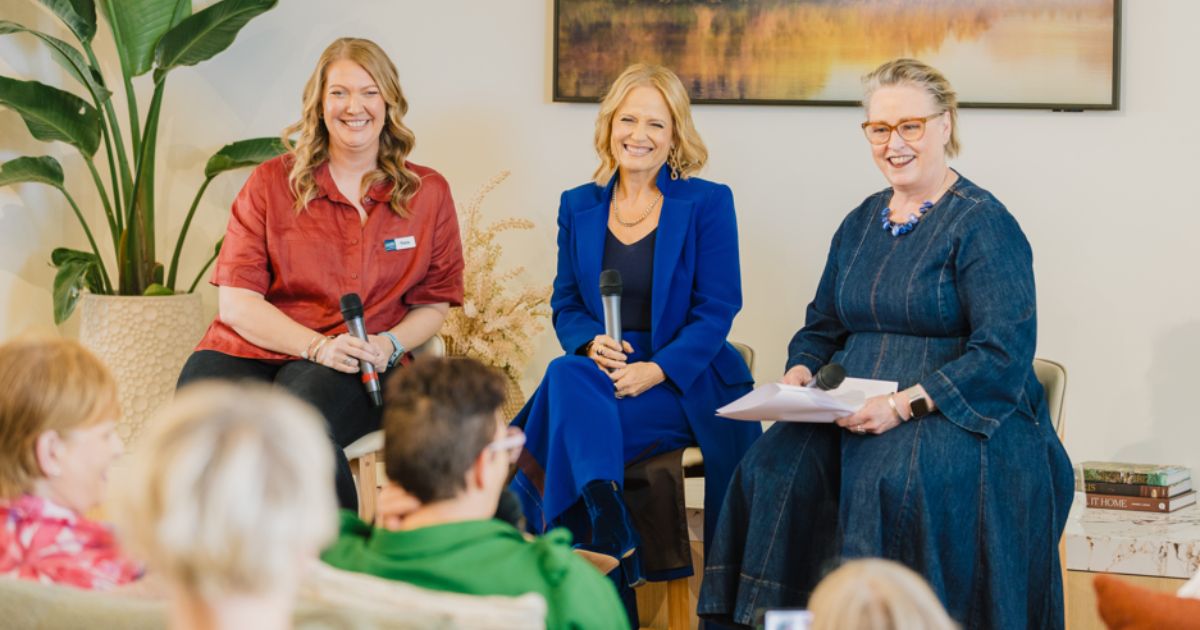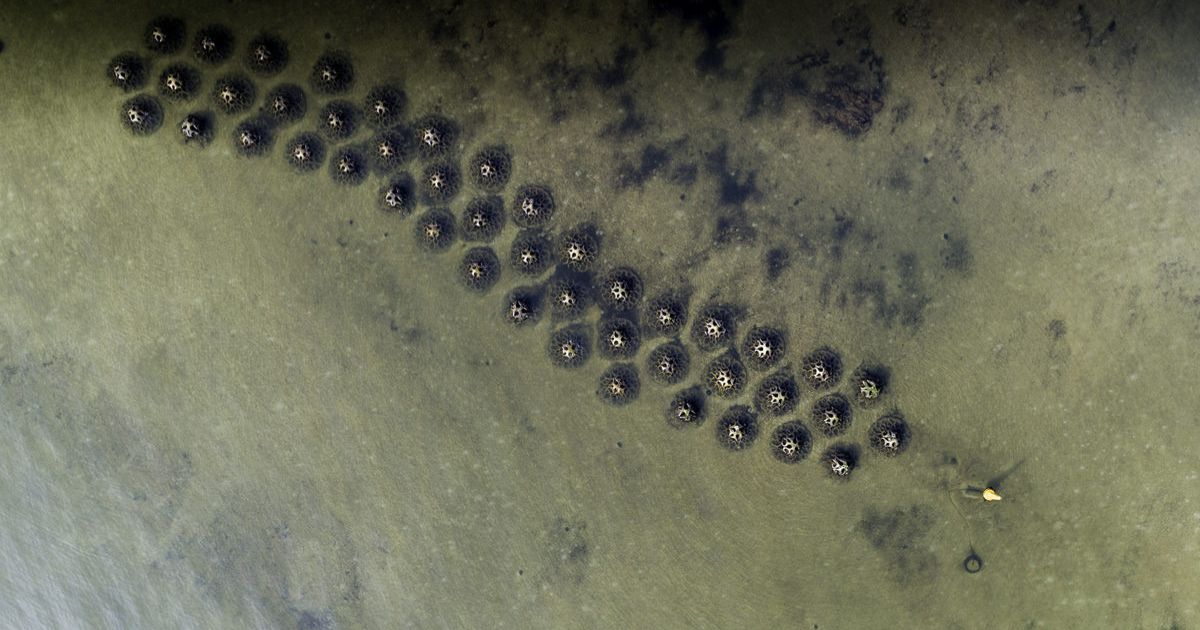Nature strip gardening buzz

Part of the pilot program is showing people in the region what can be done with their gardens. TOP: Rotary clubs across the region have worked together to transform 20 nature strips around Geelong into pollinator pathways. Photos: SUPPLIED
ROTARIANS from four different clubs around Geelong are banding together to transform nature strips from pieces of grass to pollinator pathways.
Rotary secured a community environment grant from the City of Greater Geelong, allowing the clubs to fund 20 nature strips.
Project leader Barb Sheehan said the initiative, inspired by a Rotary Club in Balwyn, was being run as a pilot program to show people what could be done.
“[Balwyn has] done over 56 nature strips in their local area, and I knew about their project and through them all the advantages of planting Indigenous gardens in nature strips,” Ms Sheehan said.
“We’ve followed them and brought their project to Geelong.”
The Geelong group has almost completed 20 gardens, choosing people who understood the learning experience of the project for the pilot.
As part of transforming the spaces, the team has helped people remove their old grass, provided mulch and supplied vouchers for people to purchase plants and design their nature strips.

The council allows a wide variety of plants to be used, however, the pilot project focuses on Indigenous plants to improve the biodiversity in Geelong.
Ms Sheehan said there are lots of advantages to using this style of garden.
“Costa Georgiadis from Gardening Australia is a strong advocate for nature strip gardens because they use this land in a much better way to attract pollinators and bees, make pollinator pathways, help reduce flooding risk [and] by having a garden there, you retain water if it rains.
“It’s all about bringing back the birds and the bees and the butterflies and the lizards and all the little creatures.”
The city has recently changed the guidelines around nature strip gardens, with previous restrictions only permitting grass or very low ground cover.
New guidelines provide more options, including three different height zones, with people asked to select species that support local ecology and biodiversity.
Ms Sheehan encouraged more people to get involved with the concept and think about planting for local species that are going to be more tolerant of the region’s weather conditions.
For more information and to view the city’s nature strip guidelines, head to geelongaustralia.com.au

















